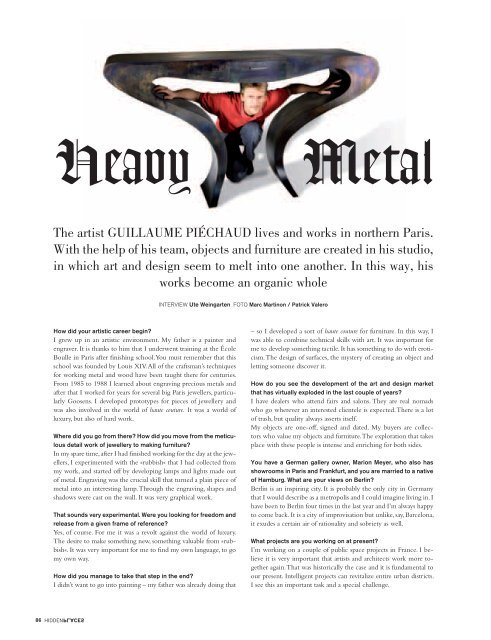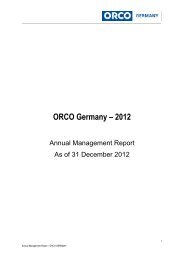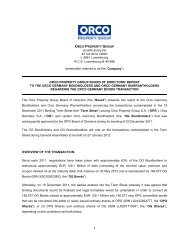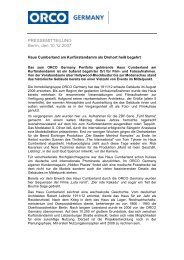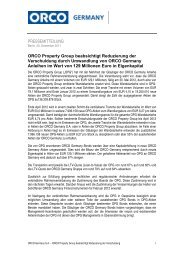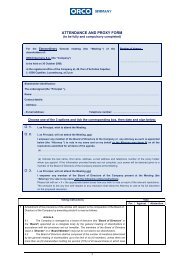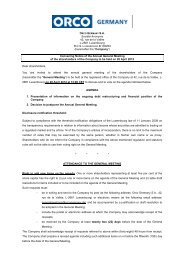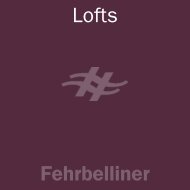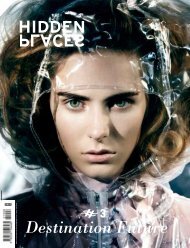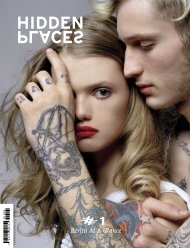You also want an ePaper? Increase the reach of your titles
YUMPU automatically turns print PDFs into web optimized ePapers that Google loves.
86<br />
Heavy Metal<br />
The artist GUILLAUME PIÉCHAUD lives and works in northern Paris.<br />
With the help of his team, objects and furniture are created in his studio,<br />
in which art and design seem to melt into one another. In this way, his<br />
works become an organic whole<br />
How did your artistic career begin?<br />
I grew up in an artistic environment. My father is a painter and<br />
engraver. It is thanks to him that I underwent training at the École<br />
Boulle in Paris after finishing school. You must remember that this<br />
school was founded by Louis XIV. All of the craftsman’s techniques<br />
for working metal and wood have been taught there for centuries.<br />
From 1985 to 1988 I learned about engraving precious metals and<br />
after that I worked for years for several big Paris jewellers, particularly<br />
Goosens. I developed prototypes for pieces of jewellery and<br />
was also involved in the world of haute couture. It was a world of<br />
luxury, but also of hard work.<br />
Where did you go from there? How did you move from the meticulous<br />
detail work of jewellery to making furniture?<br />
In my spare time, after I had finished working for the day at the jewellers,<br />
I experimented with the »rubbish« that I had collected from<br />
my work, and started off by developing lamps and lights made out<br />
of metal. Engraving was the crucial skill that turned a plain piece of<br />
metal into an interesting lamp. Through the engraving, shapes and<br />
shadows were cast on the wall. It was very graphical work.<br />
That sounds very experimental. Were you looking for freedom and<br />
release from a given frame of reference?<br />
Yes, of course. For me it was a revolt against the world of luxury.<br />
The desire to make something new, something valuable from »rubbish«.<br />
It was very important for me to find my own language, to go<br />
my own way.<br />
How did you manage to take that step in the end?<br />
I didn’t want to go into painting – my father was already doing that<br />
INTERVIEW Ute Weingarten FOTO Marc Martinon / Patrick Valero<br />
– so I developed a sort of haute couture for furniture. In this way, I<br />
was able to combine technical skills with art. It was important for<br />
me to develop something tactile. It has something to do with eroticism.<br />
The design of surfaces, the mystery of creating an object and<br />
letting someone discover it.<br />
How do you see the development of the art and design market<br />
that has virtually exploded in the last couple of years?<br />
I have dealers who attend fairs and salons. They are real nomads<br />
who go wherever an interested clientele is expected. There is a lot<br />
of trash, but quality always asserts itself.<br />
My objects are one-off, signed and dated. My buyers are collectors<br />
who value my objects and furniture. The exploration that takes<br />
place with these people is intense and enriching for both sides.<br />
You have a German gallery owner, Marion Meyer, who also has<br />
showrooms in Paris and Frankfurt, and you are married to a native<br />
of Hamburg. What are your views on Berlin?<br />
Berlin is an inspiring city. It is probably the only city in <strong>Germany</strong><br />
that I would describe as a metropolis and I could imagine living in. I<br />
have been to Berlin four times in the last year and I’m always happy<br />
to come back. It is a city of improvisation but unlike, say, Barcelona,<br />
it exudes a certain air of rationality and sobriety as well.<br />
What projects are you working on at present?<br />
I’m working on a couple of public space projects in France. I believe<br />
it is very important that artists and architects work more together<br />
again. That was historically the case and it is fundamental to<br />
our present. Intelligent projects can revitalize entire urban districts.<br />
I see this an important task and a special challenge.


